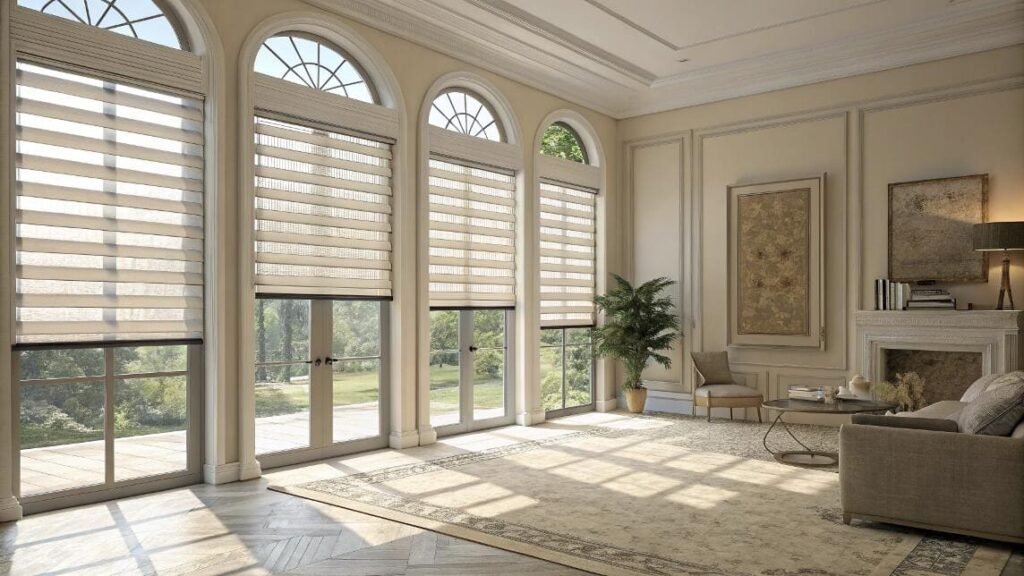Finding a window treatment that is both stylishly modern and highly functional is a constant struggle. You want sleek looks but also precise control over light.
Zebra shades are a modern roller-style shade made from a single, continuous loop of fabric with alternating horizontal stripes of sheer and opaque material. This dual-layered design allows you to adjust light levels and privacy with remarkable precision.

This innovative design is a favorite among interior designers[^1], but how does it actually work, and is it the right choice for your projects? As a supplier, I've seen firsthand what makes these shades a brilliant solution and where their limitations lie. Let's explore all the details you need to specify them with confidence.
How are zebra shades constructed with alternating sheer and opaque fabric strips?
The design of zebra shades looks complex. Specifying them without understanding the mechanics can lead to confusion. I'll explain the simple principle behind them.
Zebra shades use one continuous piece of striped fabric that loops around a weighted bottom bar. The front and back layers of the fabric slide past each other, allowing the sheer and opaque bands to overlap for customized light control.

The magic is in that continuous loop. The fabric is folded in half over the bottom rail, creating a front layer and a back layer inside the window. Both layers move when you operate the shade. As the fabric rolls, the front and back stripes shift their alignment. When solid bands on the front line up with solid bands[^2] on the back, the sheer stripes are covered, giving you privacy[^3]. When the solid bands line up with the sheer bands, light filters through. I've seen cheaper versions where the mechanism isn't precise, and the stripes never align perfectly. That's why at VelaBlinds, we ensure the hardware is robust enough to provide smooth, exact alignment every time. It’s this quality hardware that makes the design concept work flawlessly.
What is the difference between zebra blinds and zebra shades?
Using "blinds" and "shades" incorrectly can confuse clients. This simple clarification will help you communicate more effectively and avoid ordering mistakes.
In the industry, the terms "zebra blinds" and "zebra shades" are used interchangeably for the same product. Technically, "shades" is more accurate as they are made of a single piece of fabric, not hard slats like traditional blinds.
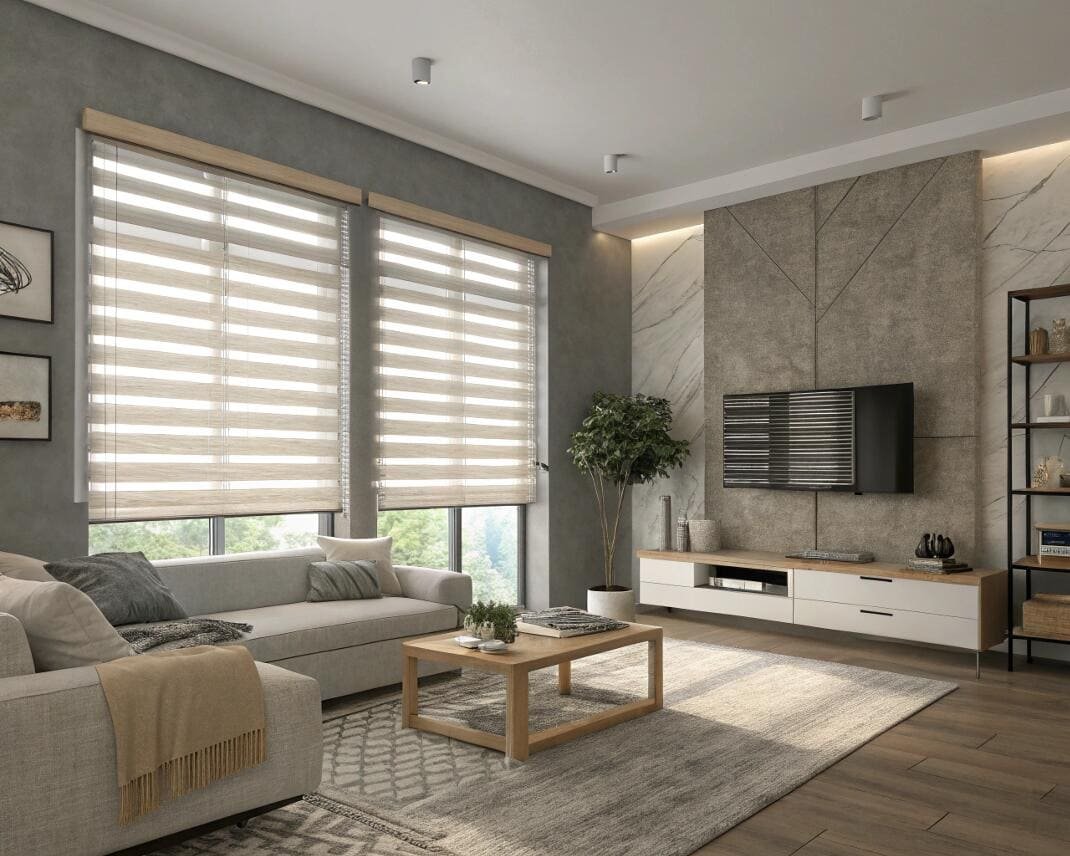
This is a classic case of industry jargon versus technical definition. Technically, products with adjustable slats (like Venetian or vertical blinds) are "blinds." Products made from a solid or woven piece of fabric (like roller or cellular shades) are "shades." Because zebra shades are made of fabric, "shade" is the correct term. However, the name "zebra blinds" is incredibly popular and widely used by consumers and professionals alike. When I talk to a project contractor like Emma, I might use both terms to ensure we're on the same page. The key isn't to be a purist about the name but to ensure the product specification is crystal clear to avoid any mix-ups with suppliers. In any written order, I always refer to them as "Zebra (Dual Layer) Shades."
What is the point of zebra blinds?
Why choose a zebra blind over a classic roller shade? You might be missing the single biggest advantage of this clever design. Let's look at their unique purpose.
The point of zebra blinds is to offer two distinct functions—a light-filtering sheer shade and a privacy-providing solid shade—in one sleek, modern package. This versatility eliminates the need for installing two separate window treatments.
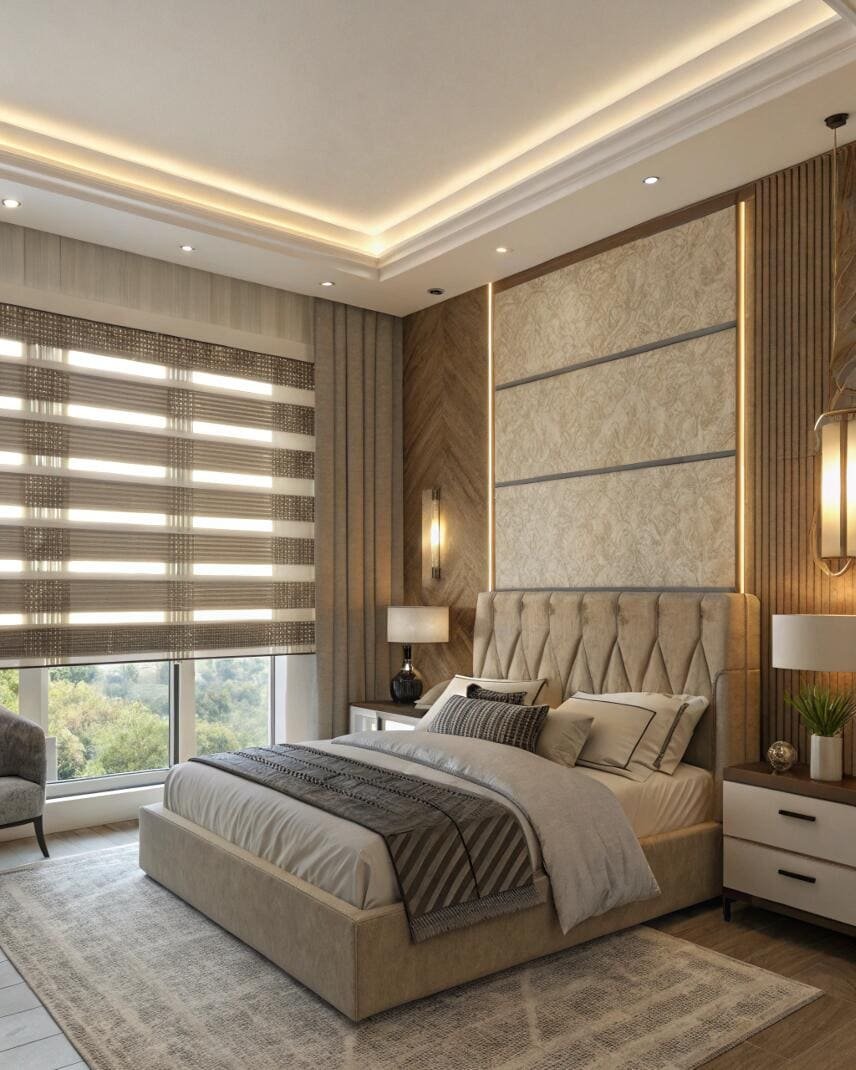
Their purpose is functional elegance. With a standard roller shade, your only options are up (full light) or down (full privacy or filtered light). If you want both a sheer view and the option for privacy, you typically need to install a double roller blind system, which uses a larger, bulkier bracket. Zebra shades solve this problem with a single, streamlined product. They allow you to "tune" the natural light. You can align the sheer sections to gently filter sunlight and maintain your view out. Then, with a small adjustment, you can align the solid bands to create privacy for a meeting or a relaxing evening. You also retain the ability to roll the entire shade up for a completely unobstructed window. This multi-functionality is a massive selling point for minimalist and modern designs.
How do zebra shades provide variable light control and privacy adjustment?
The way zebra shades control light can seem like magic. If you don't understand the mechanics, it's hard to explain the value. Here’s the simple secret.
Variable control is achieved by sliding the front layer of striped fabric over the back layer. Aligning the opaque bands creates privacy[^3], while aligning opaque bands with sheer bands allows for filtered light and a view.

This adjustment mechanism is their key feature. It gives the user a level of control that most other single shades cannot offer. Think of it as having three primary modes in one product, all controlled by a single chain or motor. This functionality is a game-changer for spaces that serve multiple purposes, like a home office or a main living area. An interior designer can specify one product that provides the right ambiance for any time of day. It's this precise, adaptable control that elevates zebra shades from a simple window covering to a dynamic element of interior design.
Zebra Shade Control Modes
| Alignment | Result | Best For |
|---|---|---|
| Solid on Solid | Privacy / Room Darkening | Evenings, bedrooms, meetings, reducing glare. |
| Solid on Sheer | Filtered Light / View Out | Daytime ambiance, maintaining a view, bright rooms. |
| Fully Rolled Up | Unobstructed Window | Maximum daylight, cleaning windows, open feel. |
Can people see in zebra blinds?
Privacy is the number one concern for most clients. Giving the wrong advice here can be a serious issue. Let's get a clear answer on visibility.
When the opaque bands are aligned to block the view, privacy is excellent. When the sheer bands are exposed, people can see in at night if your lights are on. They offer privacy by adjustment, not by default.

This is crucial for setting client expectations. Visibility through any shade depends on where the light is. During the day, it's brighter outside, so you can see out through the sheer stripes, but it's difficult for people to see in. At night, the situation reverses. Your bright indoor lights make the interior visible from the outside through those same sheer stripes. In the "closed" position (solid bands aligned), they provide solid privacy comparable to a light-filtering roller shade. However, it's important to note they are not 100% blackout. Faint light can still glow through the fabric and between the bands. For rooms requiring absolute privacy or total darkness, like a bedroom, a client might consider a true blackout fabric or pair the zebra shades with curtains.
Can zebra blinds go in the bathroom?
Using fabric shades in a humid bathroom is a big risk. A wrong choice here will lead to damage and mildew. This is my professional advice.
No, standard polyester zebra blinds are not recommended for bathrooms with a shower or bath. The fabric and complex headrail can trap moisture, which may lead to mildew and damage over time. A faux-wood or vinyl blind is a better choice.
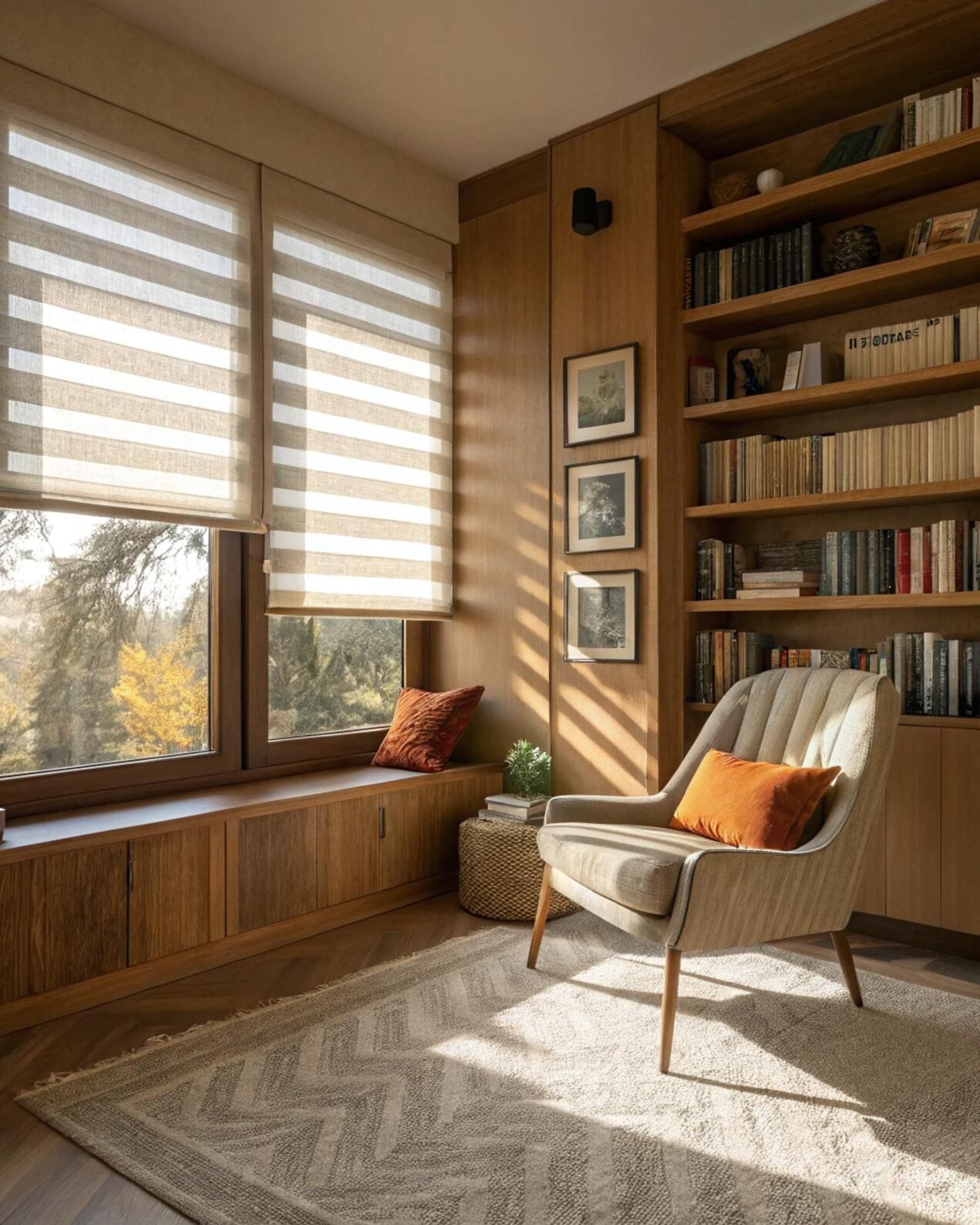
While the modern aesthetic of a zebra shade is tempting for a spa-like bathroom, the materials are not designed for high humidity. The polyester fabric, although moisture-resistant, is not waterproof. Constant exposure to steam can cause it to sag or become a breeding ground for mildew. More importantly, the cassette headrail that houses the mechanism[^4] has enclosed spaces where moisture can get trapped and cause rust or mold. I always steer my project partners toward safer options for full bathrooms. In a powder room without a shower, a zebra shade is perfectly fine. But for any space with a shower, the risk of damage is too high. A product designed to be waterproof, like a PVC roller shade or a faux-wood blind, is the only professional recommendation.
Are zebra shades more expensive than roller shades?
Every project has a budget. Knowing how zebra shades are priced compared to a standard option is essential. Let's break down the cost difference.
Yes, zebra shades are more expensive than traditional roller shades. The cost is higher due to their complex, dual-layered fabric and the more sophisticated hardware and cassette mechanism required for them to function correctly.

The price difference is justified when you look at the construction. First, a zebra shade uses a continuous loop of fabric, which can be almost double the amount of material needed for a standard roller shade covering the same window. Second, weaving the alternating sheer and opaque stripes is a more intricate manufacturing process. Finally, they almost always come with a built-in cassette headrail to hide the roller and provide a finished look. This cassette is often an optional, extra-cost add-on for basic roller shades. While the upfront cost is higher, the value is in the dual functionality. When you consider that a zebra shade does the job of two separate blinds (a sheer and a roller), the price becomes much more competitive, especially when compared to a double roller blind system.
What are the disadvantages of zebra blinds?
They look great and are very clever, but no product is perfect. It is vital to understand their limitations before you specify them for a project.
The main disadvantages are that they are not true blackout shades due to light gaps, the sheer fabric can be delicate, and the more complex mechanism has more potential points of failure than a simple roller shade.
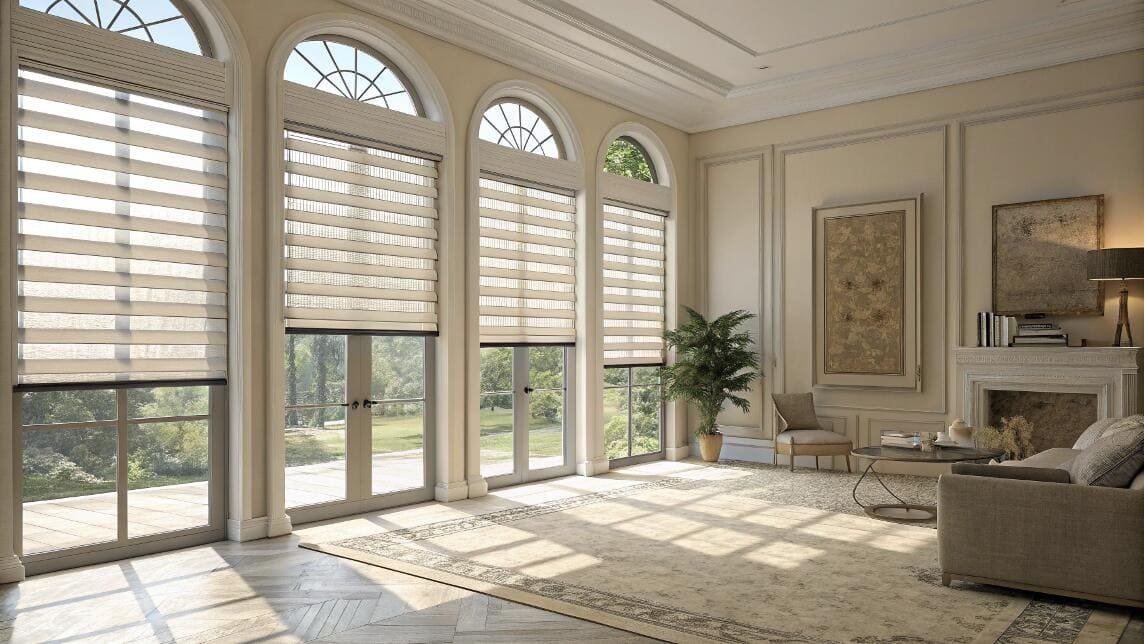
Being honest about a product's trade-offs builds trust. The most common misunderstanding is about light blockage. Even when "closed," faint lines of light can be seen between the bands, and the fabric itself is typically light-filtering, not blackout. They create a "room darkening" effect, not a "blackout" one. The sheer fabric bands are also more delicate than a solid piece of roller fabric and can be susceptible to snags. Lastly, a more complex product has more parts that can potentially wear out. This is why sourcing from a quality supplier is so important. A well-built mechanism will last, while a cheap one can cause alignment issues and frustration. These are key points to discuss with a client to ensure a zebra shade is the right fit for their lifestyle and needs.
Are zebra shades hard to clean?
Maintenance is a practical concern for any client. A beautiful product that is difficult to clean can become a burden. Here is the simple truth about cleaning them.
Zebra shades are easy to maintain but require gentle cleaning. Regular, light dusting or vacuuming with a soft brush attachment is the best way to keep them clean. They should not be soaked or scrubbed vigorously.
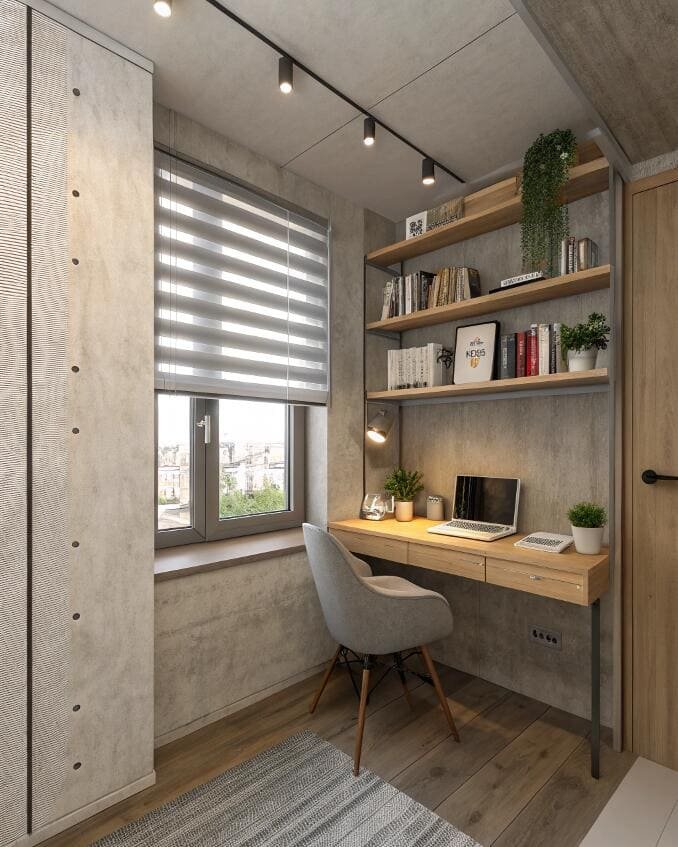
The key to keeping zebra shades looking great is frequent, gentle maintenance. You can't treat them like a hard surface. Harsh chemical cleaners or excessive water will damage the polyester fabric and can harm the rolling mechanism. I provide my partners with a simple care guide for their clients. For weekly cleaning, lower the shade completely and go over it with a feather duster or a microfiber cloth. For a deeper clean a few times a year, use the soft brush attachment on your vacuum cleaner on its lowest setting. If a small spot or stain occurs, you can gently dab it with a cloth dampened with water and a drop of mild soap. It's best to test it on a hidden part of the fabric first. The process is simple, but it must be gentle.
How long do zebra shades last?
Product longevity is a direct reflection of its quality. You and your clients are investing in a product that should last. Let's talk about realistic lifespan.
A high-quality zebra shade, operated with care, will typically last for 5 to 7 years. The lifespan depends heavily on the quality of the mechanism, the UV resistance[^5] of the fabric, and the amount of daily use.
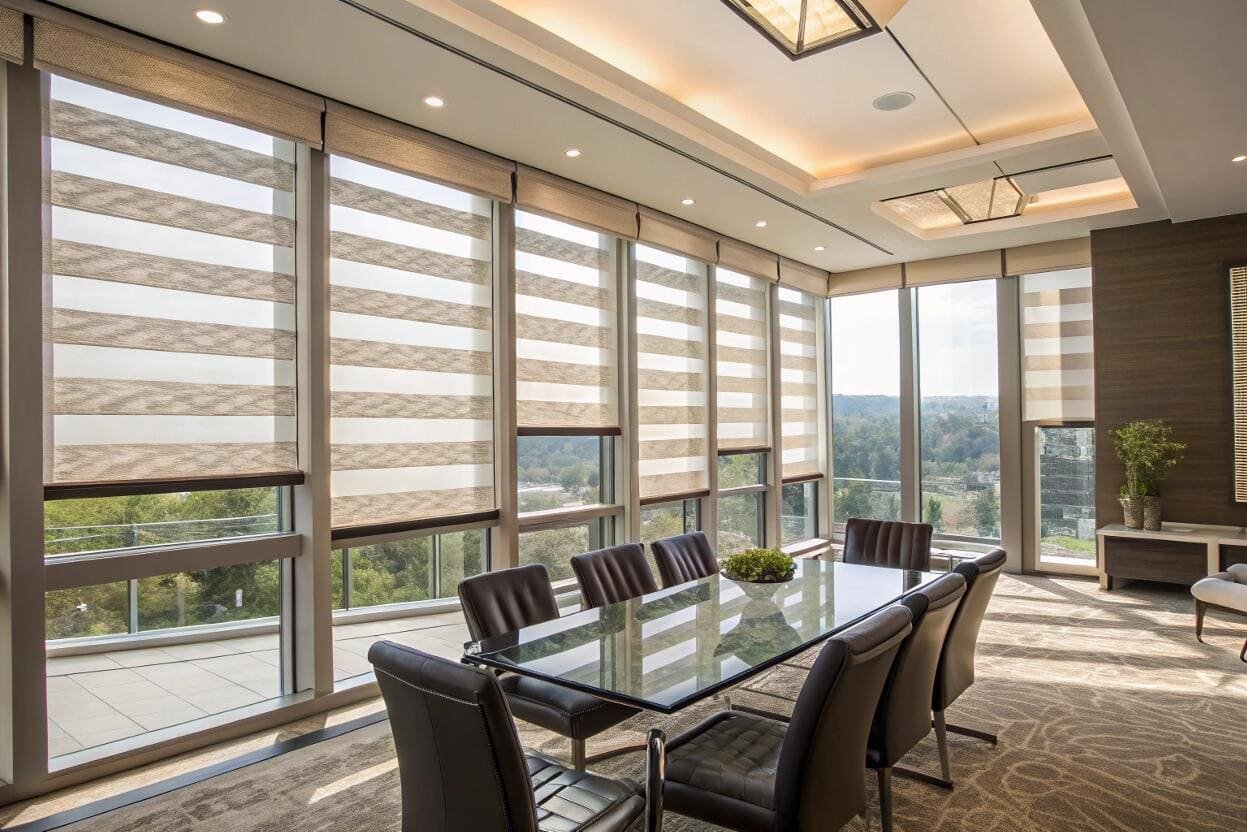
Like any window treatment with moving parts, you get what you pay for. The biggest factors in its lifespan are the internal clutch mechanism and the fabric itself. A cheap mechanism with plastic parts will wear out quickly, leading to uneven rolling or a broken chain. At VelaBlinds, we source mechanisms that are built to withstand thousands of cycles. The fabric's UV resistance[^5] is also key. In a window with intense, direct sunlight, a lower-quality fabric can turn brittle or fade in just a couple of years. High-quality polyester is treated to resist this damage. Interestingly, motorizing a zebra shade can often prolong its life. The motor ensures a smooth, even operation every time, which puts less stress on the fabric and components than manual pulling. A well-made shade is a durable investment.
Conclusion
In short, zebra shades offer a unique blend of modern aesthetics and dynamic light control. They are a sophisticated, all-in-one solution for anyone looking to master privacy and ambiance.
---
[^1]: Find out why zebra shades are a favorite among interior designers for modern spaces.
[^2]: Discover how solid bands in zebra shades provide privacy and light control.
[^3]: Discover how zebra shades can enhance privacy in your living spaces.
[^4]: Explore the intricate mechanism that allows zebra shades to function effectively.
[^5]: Find out how UV resistance affects the longevity and performance of zebra shades.Partner with VelaBlinds for Your Next Project
Smart window treatments shouldn't be complicated. After working with 500+ distributors and contractors worldwide, I've streamlined the process to get you quality products, competitive pricing, and reliable support - every time.
Why project professionals choose VelaBlinds:
- ✅ Fast, Accurate Quotes - Detailed specs and pricing within 24 hours
- ✅ Transparent Pricing - No hidden fees, volume discounts clearly outlined
- ✅ Quality Assurance - Direct partnerships with certified OEM manufacturers
- ✅ Project Support - Dedicated account manager from quote to delivery
Start your next project:
📧 Quick Quote: Send your requirements to info@velablinds.com
📱 Direct Contact: WhatsApp +86 137 2012 8317
🌐 Browse Solutions: https://velablinds.com/
📁 Product Resources: Access spec sheets, catalogs & project files
Jimmy Chen, Founder
"I built VelaBlinds to solve the real challenges I faced as a project buyer - long lead times, unclear specs, and unreliable suppliers. Let's discuss how we can power your projects with smarter blinds."
Serving distributors and contractors across North America, Europe, and Australia since 2018.

